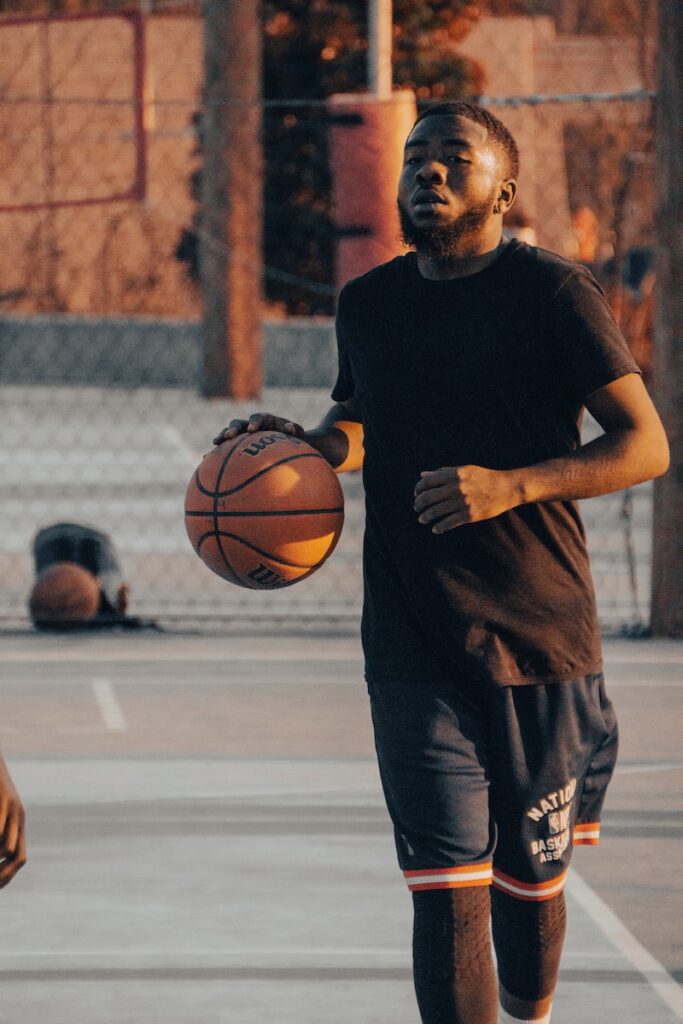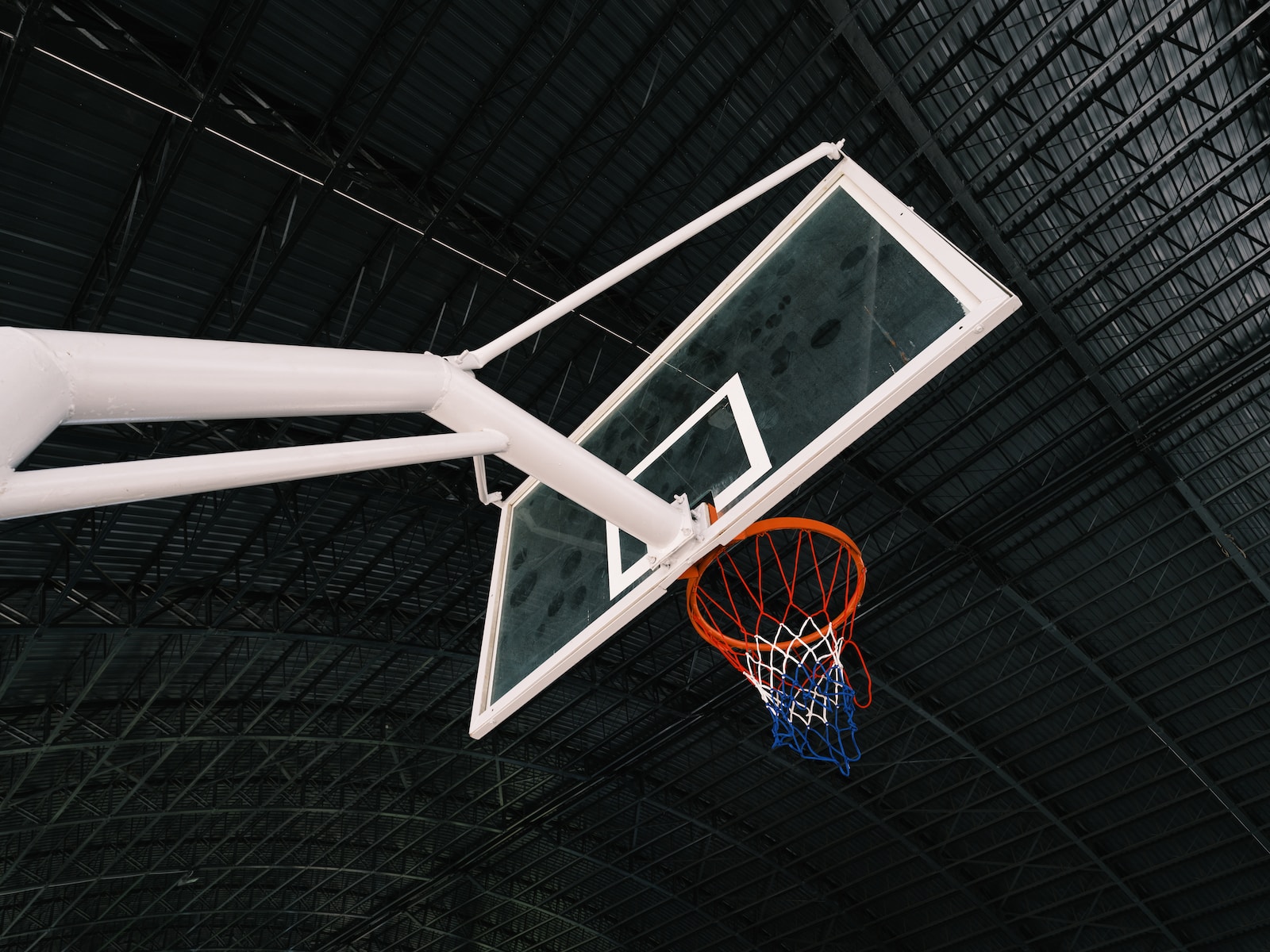Basketball isn’t really thought of as a true contact sport, but that doesn’t mean it can’t wind up being physical. There are certain instances where contact will be made, and it’s good to know what contact is allowed, and what contact is far too much for the sport. Which brings us to the question, can you put your hand on someone’s chest in basketball?
Yes, you are able to put your hand on someone’s chest in basketball. However, there are specific circumstances that make this an illegal move. Most of the time, you are just placing your hand on someone’s chest to make sure you’re attached and right on them. This becomes a problem if you’re applying force to their chest and trying to create an advantage for yourself in doing so. The referees will call a foul for anything other than a casual touch.
It’s a very strange topic to cover, because some of this contact is absolutely dependent on what the referee deems enough for a violation. Not to mention that there’s a ton of different ways for your hand to be placed on an opponent’s chest. Whether that be during a drive, a shot contest, or defending off the ball.
Attached Off The Ball
It feels like one oof the most common instances where a player puts their hand on another person’s chest is when neither they nor their defender has the basketball. Let’s say that you and your matchup are standing in the corner, watching the rest of the offense set up. The defender is trying to keep track of you at all times while simultaneously watching the play unfold for the person holding the ball. To do this at the same time, they can place their hand on your chest to make sure that you are still where they think you are.
The same goes the other way around. If you were defending another player, you could place your hand on their chest to try and make sure you know where they are. You aren’t able to just push them into the corner and hold them there though. The only force you can apply, is enough to make sure they’re where you are expecting.
During A Drive
It’s very common for a player’s forearm to rise up and be pushed right up against their defender’s chest during a drive to the basket. Since this is allowed, placing a hand on their chest is allowed as well. The problem though is that a player can’t really raise their hand like that and put it on another person’s chest without it being a distraction during the drive. It will also look heavily intentional from the official’s perspective, and they could quickly hand out a foul against you.

Forearms are allowed because they are a natural instinct and deterrent for defenders who are trying to swipe at the ball and push you away from the basket. Pulling your hand all the way up and placing it on their chest, instead of your forearm, feels more like a chore than anything. Although, you can definitely still get away with doing so if you do it in the correct way.
Falling Into Fouls
Even in certain instances were placing your hand on someone’s chest is legal, you could still easily fall into fouls depending on the opponent you’re up against. For example, James Harden of the NBA, made a living out of knowing the rulebook and the contact that was necessary in order to draw a foul. If somebody put their hand on Harden’s chest, he would quickly bolt his arms straight up to take a jump shot. You wouldn’t be able to pull your hand away fast enough, causing you to his arms on the way up, and grant him free throws. Leaving your hand there opens the door for you to get tricked into fouling on numerous occasions.
This doesn’t mean that you should never do it either, it’s more so a warning not to make a habit out of it. Eventually, there will be players that come along and fully understand exactly what they need to do in order to get your hand in the correct position to bait you into a foul.
No Pushing
We touched on this earlier but the one thing that you absolutely can’t do is apply force. It doesn’t matter what circumstance you are in, if you put your hand on someone’s chest and apply force, the referees will blow a whistle. Force is always noticed by the officials, and it’ll be even more noticeable if you do it to their chest. The smallest of pushes could generate enough space for people to pause and realize that you did something you weren’t supposed to.
Even if you are pulling off a crossover, you can’t extend force to their chest to get yourself some extra space. It’ll be noticed rather quickly and will only hurt your team if you continue to do things like that on the floor.
Boxing Out
Then finally, the last scenario where you can put your hands on someone else’s chest is during a box-out period. If you are standing underneath the rim and awaiting the ball to pop into the sky, you can put your hand on the nearest opponent and try to keep them at bay. Most times, you might see a player put their outstretched arm onto their opponent’s chest to keep them at a good distance.
Other players prefer to use their body to box out instead, but each person is different when it comes to this area of the game. Boxing out is a great opportunity to apply force, though you can’t use a ridiculous amount or else the referees will have a problem. Outside of that, boxing out could be your easiest way of placing your hand on their chest.
